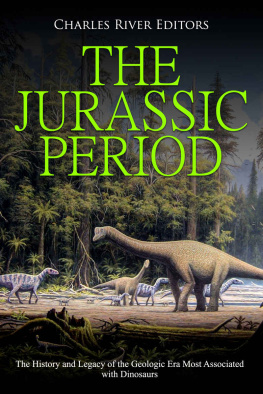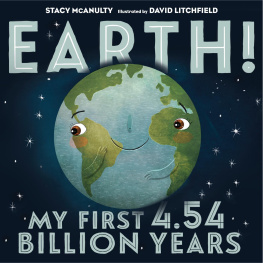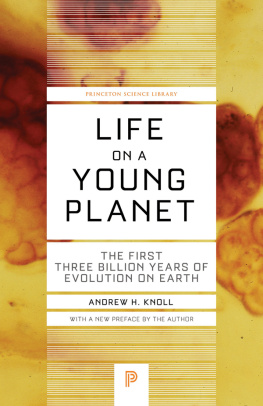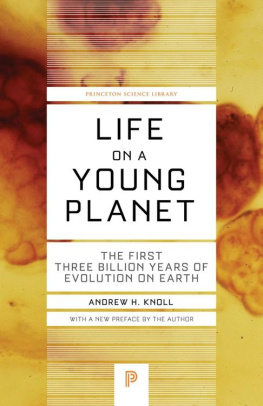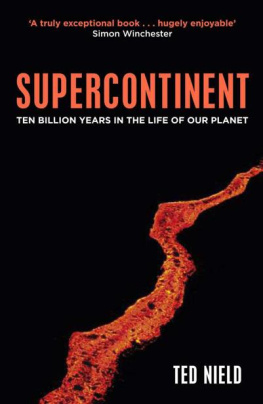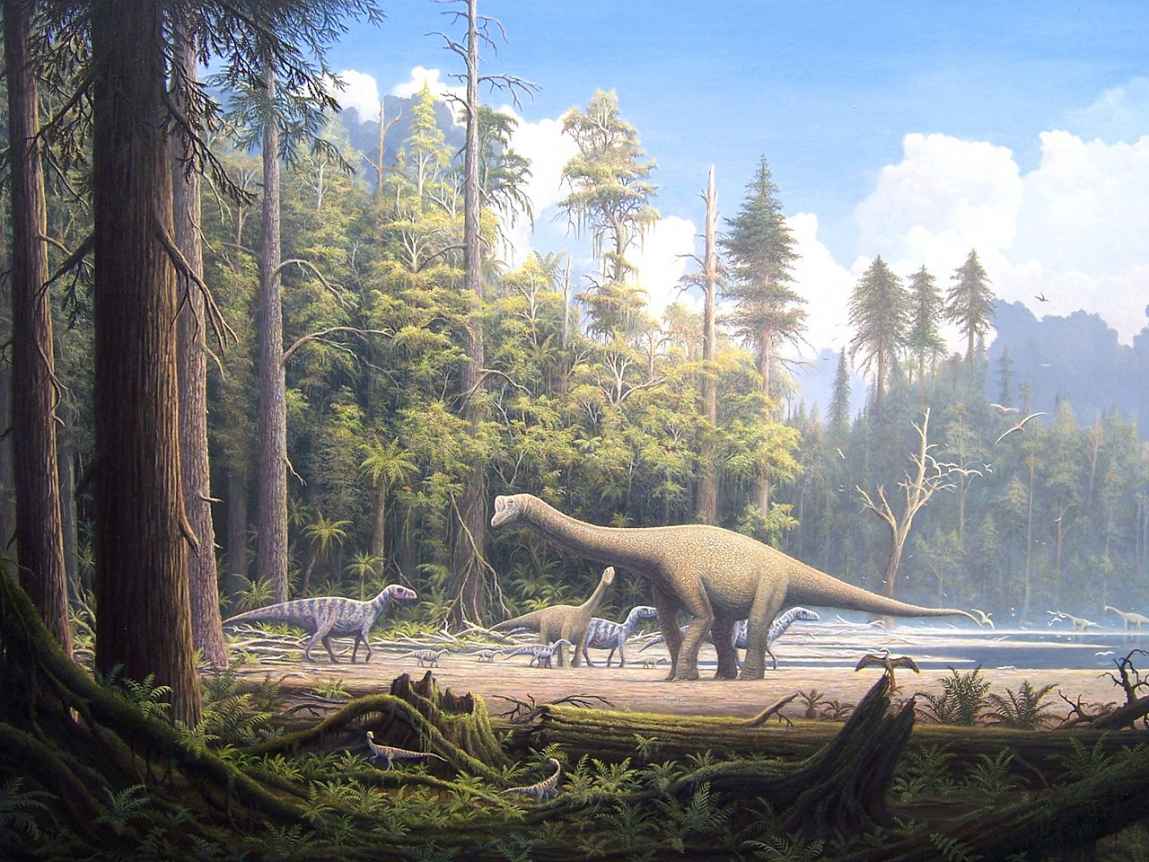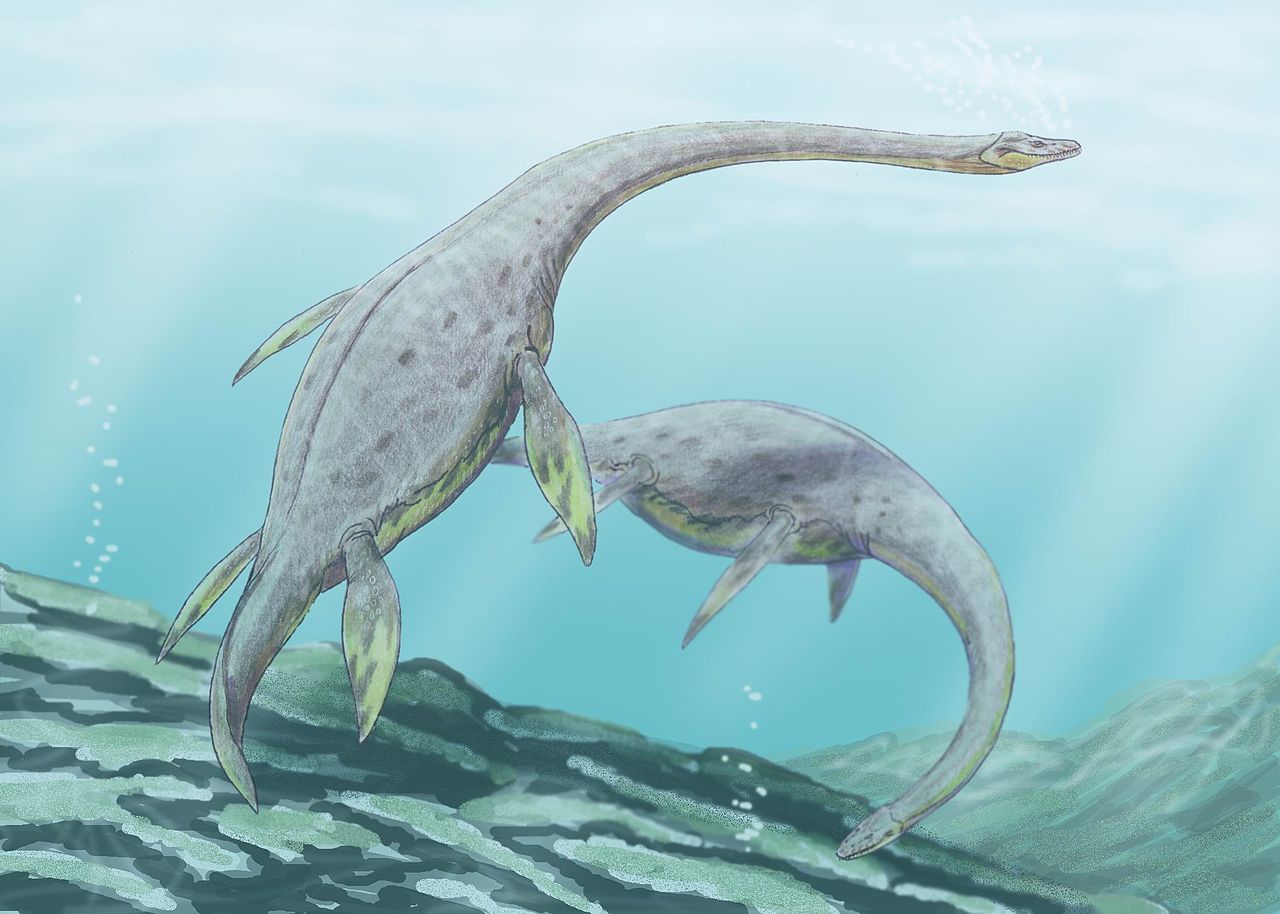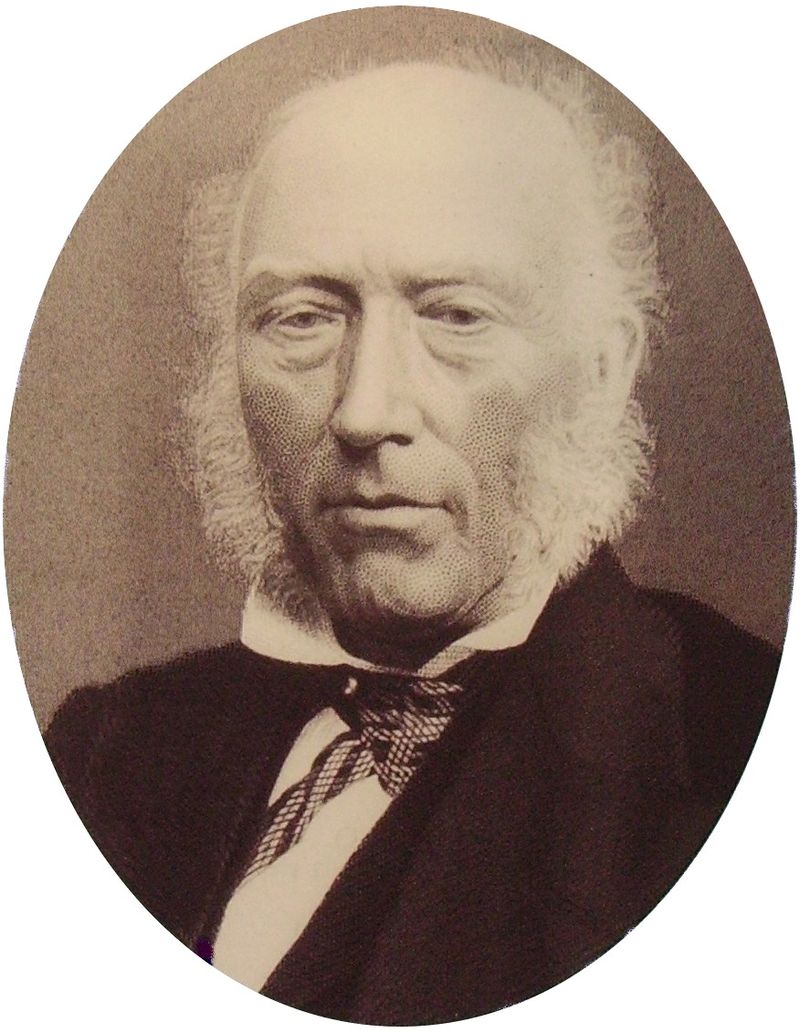Charles River - The Jurassic Period: The History and Legacy of the Geologic Era Most Associated with Dinosaurs
Here you can read online Charles River - The Jurassic Period: The History and Legacy of the Geologic Era Most Associated with Dinosaurs full text of the book (entire story) in english for free. Download pdf and epub, get meaning, cover and reviews about this ebook. year: 2020, publisher: Independently Published, genre: Religion. Description of the work, (preface) as well as reviews are available. Best literature library LitArk.com created for fans of good reading and offers a wide selection of genres:
Romance novel
Science fiction
Adventure
Detective
Science
History
Home and family
Prose
Art
Politics
Computer
Non-fiction
Religion
Business
Children
Humor
Choose a favorite category and find really read worthwhile books. Enjoy immersion in the world of imagination, feel the emotions of the characters or learn something new for yourself, make an fascinating discovery.
- Book:The Jurassic Period: The History and Legacy of the Geologic Era Most Associated with Dinosaurs
- Author:
- Publisher:Independently Published
- Genre:
- Year:2020
- Rating:5 / 5
- Favourites:Add to favourites
- Your mark:
The Jurassic Period: The History and Legacy of the Geologic Era Most Associated with Dinosaurs: summary, description and annotation
We offer to read an annotation, description, summary or preface (depends on what the author of the book "The Jurassic Period: The History and Legacy of the Geologic Era Most Associated with Dinosaurs" wrote himself). If you haven't found the necessary information about the book — write in the comments, we will try to find it.
*Includes a bibliography for further reading
The early history of our planet covers such vast stretches of time that years, centuries and even millennia become virtually meaningless. Instead paleontologists and scientists who study geochronology divide time into periods and eras. The current view of science is that planet Earth is around 4.6 billion years old. The first four billion years of its development are known as the Precambrian period. For the first billion years or so, there was no life in Earth. Then the first single-celled life-forms, early bacteria and algae, began to emerge. We dont know where they came from or even if they originated on this planet at all. This gradual development continued until around four billion years ago when suddenly (in geological terms!) more complex forms of life began to emerge.
Scientists call this time of an explosion of new forms of life the Paleozoic Era and it stretched from around 541 to 250 million years ago (Mya). First of all, in the oceans and then on land, new creatures and plants began to appear in bewildering variety. By the end of this period, life on Earth had exploded into a myriad of complex forms that filled virtually every habitat and niche available in the seas and on the planets only continent, Pangea.
Then a mysterious event that became known to early paleontologists as The Great Dying wiped out more than 95% of all life on Earth. No-one is entirely certain what caused this, but the effect of this cataclysm was as if someone had pressed a great, cosmic reset button and it took thirty million years for the development of life on Earth to start again. The next period of Earths history is known as the Mesozoic Era, from about 252 to 66 Mya. This era is further divided into three periods, the Triassic, Jurassic and Cretaceous. During this era, one type of life came to dominate the planet more completely and for a longer period than had been seen before or since; this was the Age of Reptiles.
Beginning in the Triassic but especially in the Jurassic period, reptiles came to dominate the oceans, the land and even the skies. There has never been anything else quite like this period in terms of the success of a particular type of creature. For almost two hundred million years, reptiles were the only significant creatures on Earth. They were so successful and so diverse that they evolved to take advantage of every available habitat and no other type of large creature had a chance to develop.
To put the 200 million years of reptile dominance in perspective, the entire span of recorded human history, the time since people advanced from tribes of primitive, nomadic hunter-gatherers into recognizable societies, covers less than 6,000 years. To put this in context, if the entire history of the planet were to be laid out on the length of a football field, the period of dominance of the age of reptiles would not begin until the five-yard line and would stretch for twelve feet. All of human history would occupy a tiny strip at the end of the field, less than the width of a human hair.
It was during the Jurassic period that reptiles began rule the Earth and some of the best-known prehistoric creatures first emerged. The Jurassic Period: The History and Legacy of the Geologic Era Most Associated with Dinosaurs looks at the development of the era, the extinction events that preceded it, and how life began to evolve during it. Along with pictures depicting important people, places, and events, you will learn about the Jurassic Period like never before.
Charles River: author's other books
Who wrote The Jurassic Period: The History and Legacy of the Geologic Era Most Associated with Dinosaurs? Find out the surname, the name of the author of the book and a list of all author's works by series.

